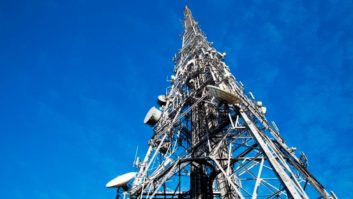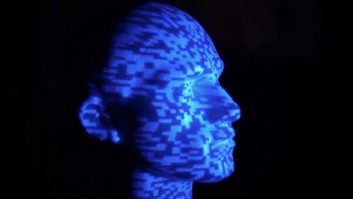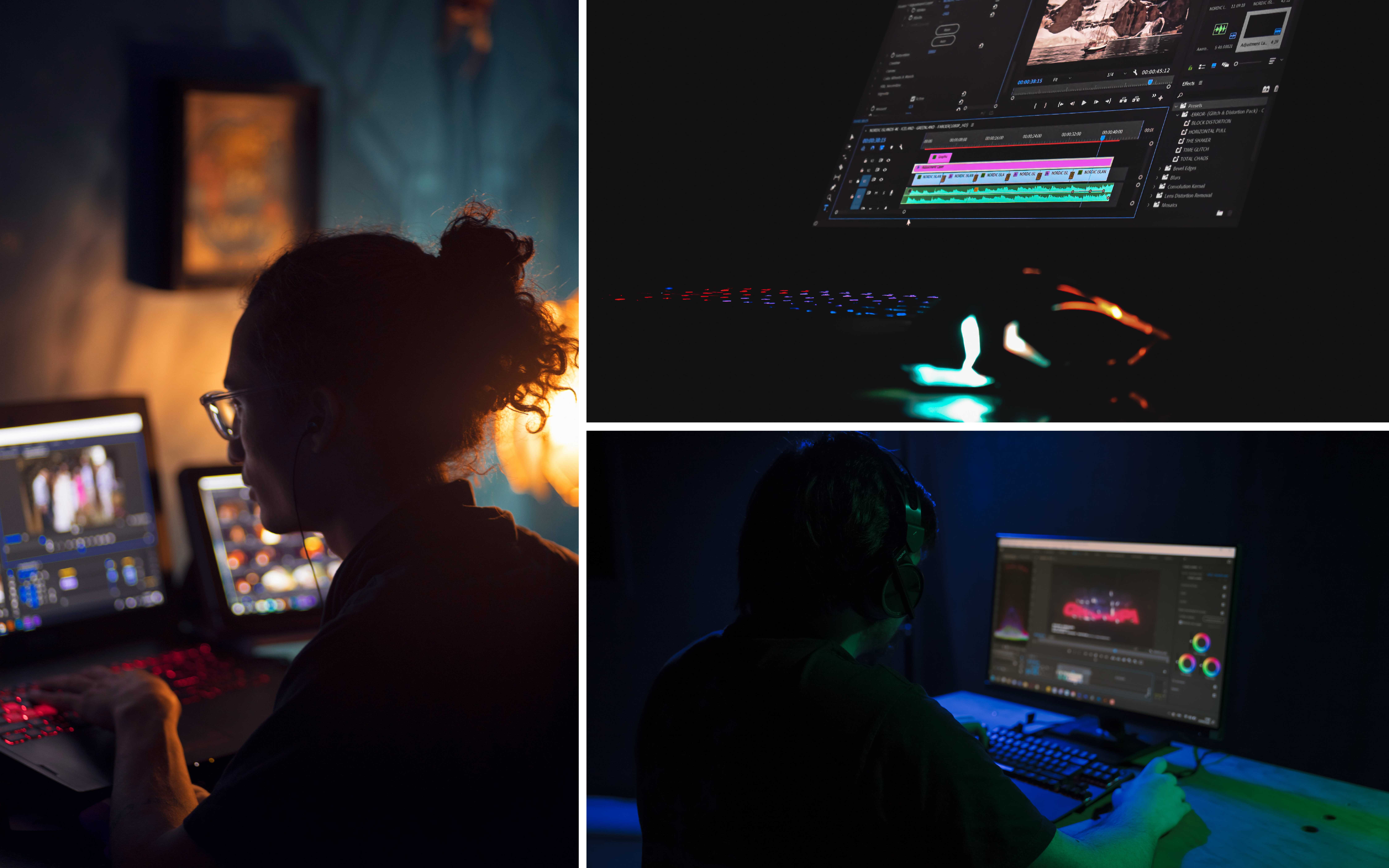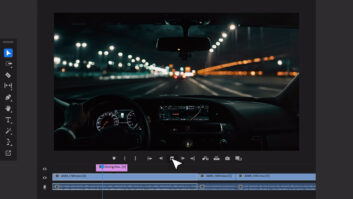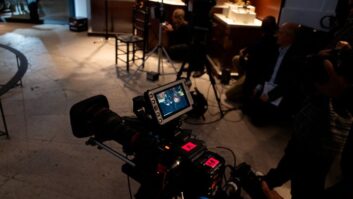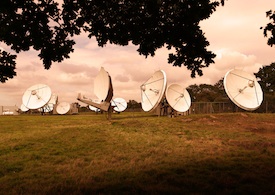
UK terrestrial TV broadcast infrastructure provider Arqiva announced last week that it is seeking permission from regulator Ofcom to begin closed trials this year of 3DTV broadcasting, writes Richard Dean.
If granted, the trials will employ DVB-T2/MPEG-4 broadcasting and encoding technology, which is claimed to be up to 67% more efficient than the legacy DVB T1/MPEG-2 currently used for Freeview SD.
“We want to get ahead of the curve with 3D technology in case one or more of our customers want it,” said Steve Holebrook, MD at Arqiva Terrestrial Broadcast.
Arqiva’s Head of DVB-T2 Technology Development, Mike Brooks, revealed that the company is pursuing the ‘Service Compatible’ (SC) 3D mode adopted for Blu-ray discs, which supplements a normal 2D TV channel with a difference (‘delta’) signal from which two separate images can derived.
This contrasts with the ‘Frame and Infrastructure Compatible’ (FIC) system to be used for Sky 3DTV, in which both images are anamorphically squeezed vertically (or in the case of Sky) horizontally into one HD picture for broadcast. Again, the set-top box then extracts full frame images for each eye.
While stressing that FIC suits Sky’s business model, Brooks said that it calls for controlled access via the MHEG ‘red button’ or other dedicated channel as it is not 2D-compatible – which for a public service broadcaster would mean wasteful simulcasting.
Not only is SC inherently more bandwidth-efficient, as the delta signal only adds between 20% and 60% which in turn can be fed into a normal statistically multiplexed channel bundle, but requires no simulcasting as it is 2D-compatible. However this necessitates significant infrastuctural changes, plus more intense processing at the receiver end.
Incidentally some of the leading 3D producers attending the recent 3D Masters conference believe that a separate, slower cut is needed for 3D – so challenging any suggestion that 2D/3D compatibility is desirable or even possible.
“Modern sets already contain up to five processor chips so we don’t see receiver decoding power as a problem,” said Brooks. “Also the technology used over the air can differ from that employed for connection to the set.” This invites the development of dual-mode STBs, capable of decoding both frame- and delta-based 3D broadcasting methods while delivering signals to the set through a standard protocol such as HDMI.
Earlier last week BBC Head of HD and 3D, Danielle Nagler, announced that the Corporation was hoping to capture portions of the London 2012 Olympics in 3D, notably the opening and closing ceremonies, but the BBC has yet to make any commitments on 3DTV broadcasting.
